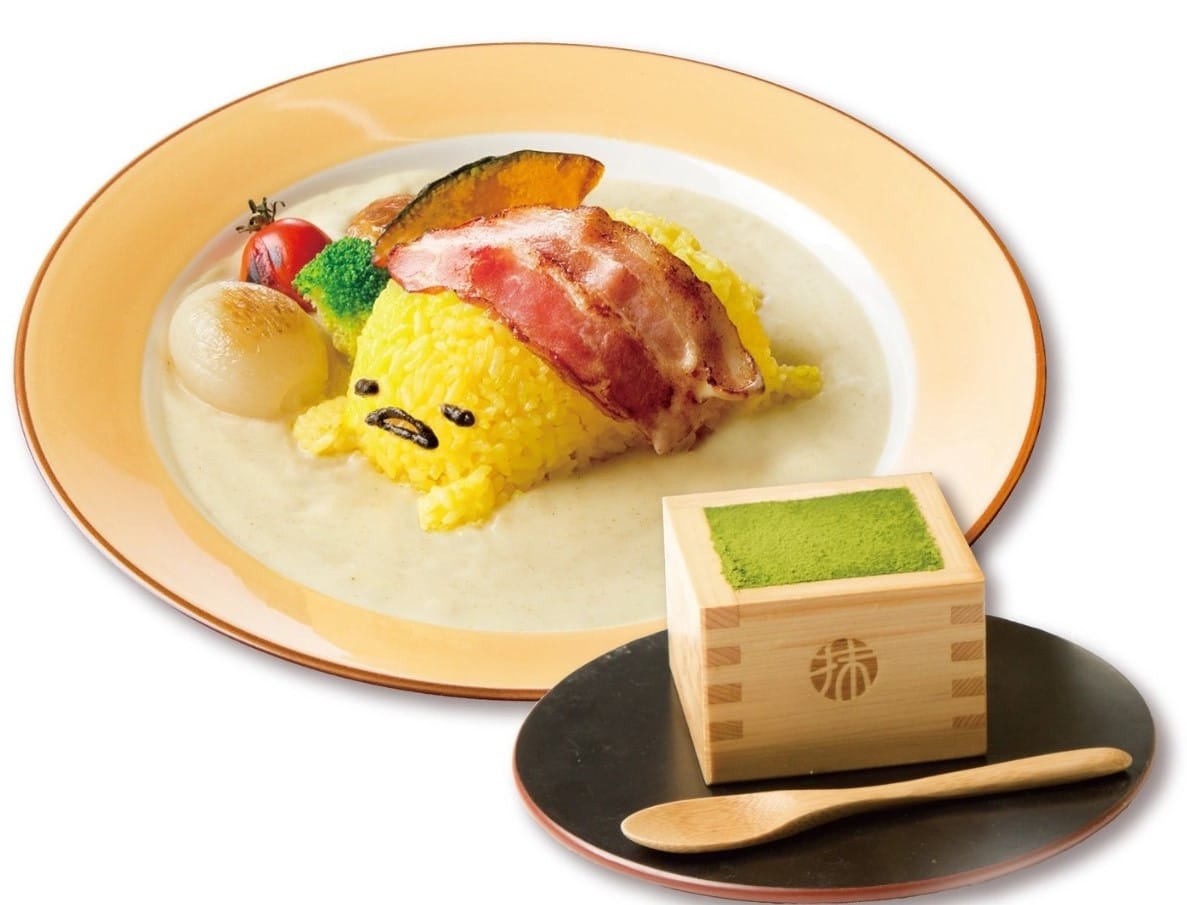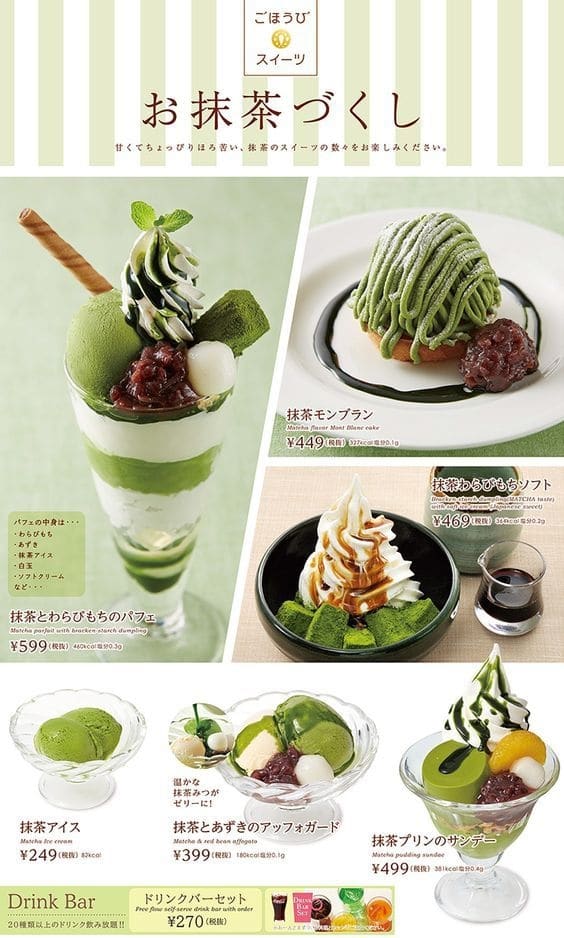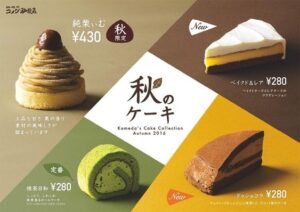Many tea shops that use imported tea powder from Japan or use premium grades to make drinks and desserts in the shop may have the problem that the cost is high. How to set the selling price so that it doesn’t feel too expensive for customers and doesn’t make the shop lose money? 5 easy ways to help customers come to the shop more
1. Selling as a set is easier to sell. In addition to being worth it, it also helps stimulate demand to make purchasing decisions easier. For example, normally selling rice menus and desserts separately, but putting them together as a set makes the price of the two items when combined cheaper than the price of buying them separately. Customers will feel like they are eating 2 cheap menus, it is worth it, and it makes the food in the shop sell faster as well, reducing the time it takes for customers to decide on a menu.
Some restaurants may add set menus with high, medium, and low prices to make customers feel like they have options and to make it easier to see which set is worth ordering.

2. Set prices that stand out from other restaurants to attract customers. This also determines your restaurant’s positioning to be different from competitors. There are 3 main formats:
- Setting a lower selling price than competitors is a way that many entrepreneurs think will attract customers to the store easily. But in order to set a lower price than competitors, you must not forget to calculate the cost. But if it is a store that focuses on customers with low purchasing power, customers use the price criteria to decide to buy, and the store focuses on sales volume, it is a very good method.
- Set a higher selling price than competitors , especially for stores that have customers who want quality and standard service, location, decoration, service, and quality of special, unique ingredients, premium ingredients from overseas, or have a story that tells the value of that product. Setting a higher price than competitors is also possible, for example, Starbucks in Kyoto released a 20th anniversary menu at a high price of 590 yen per cup. But with the service, the special ingredients in this series, and the brand positioning, they can sell at a high price.

Or like a dessert shop in Japan that sells desserts that focus on matcha powder. In Japan, matcha dessert menus are considered to be common. The prices are not set much differently from other shops. But this shop uses the method of adding a drink service as a Drink Bar that allows customers to choose additional drinks for just a small additional fee. This makes customers feel it’s worth it and want to go to this shop more than other shops because there is a Drink Bar for them to choose their own drinks.

- Set the selling price equal to that of competitors. Your clear and outstanding strengths, whether they are ingredients, menu items, or small details of service, but if customers feel more satisfied, they will definitely decide to choose your shop. For example, a shop that sells the same green tea, but you are a shop that uses tea powder from Uji, Kyoto, a city famous for being a source of high-quality tea, will make customers feel as if they are drinking tea from Japan.
3. Have a starting menu with an affordable price that customers feel they can afford to pay to attract customers to the store first, such as selling green tea pudding, a dessert that uses few ingredients, is easy to make, and is arranged in front of the store for easy buying and selling. Because tea contains milk and cannot be stored for a long time, the price should not be set too high. When attracting customers to the store, it also creates a memory that it is a store that does not focus on selling expensive items. However, you can still make more profit by selling other menus of the store, such as a drink menu or arranging other bakery items of the store at a higher price. Or use the form of adding something special to the starting menu by paying a few baht more and buying other menus at a cheaper price.

For example, a confectionery store in Japan has a spring menu featuring chestnuts and seasonal fruits, but it is priced at 430 yen, which is quite high. Therefore, it has other menus starting at just over 200 yen, which is a way to attract customers to the store first.
However, in the current situation where the delivery system is gaining popularity , a caution is to set the selling price in the delivery system that requires additional GP payment. The cost must be calculated carefully to see if the price previously sold in the store can still be sold at the same price when transferred to the Delivery Platform. Because there is a risk that after deducting GP, there may be a loss. Selecting the menu and setting the price for the delivery system is another matter that cannot be overlooked. By standard, the cost of each menu should not exceed 30% of the selling price. But if it really has to exceed, there should be some menus in the store that cost less than 30% to average out.
Source
http://www.skylark.co.jp/jonathan/menu/dessert.html
Article from: Fuwafuwa


